Share
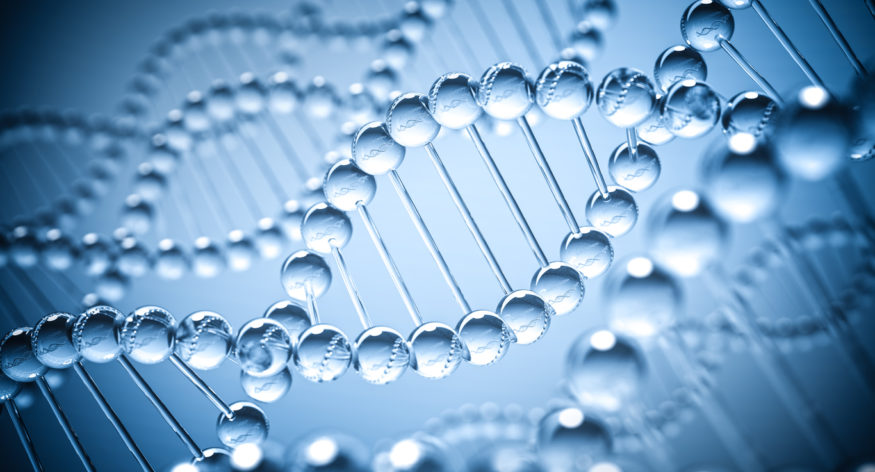

Today marks National DNA Day, commemorating the enormous achievement of University of Cambridge scientists James Watson and Francis Crick in discovering the structure of DNA for which they later received a Nobel Prize. DNA, or deoxyribonucleic acid, is a giant molecule containing the coded instructions of life. Watson and Crick were the first to discover the double helix structure of DNA, changing the face of biology forever.
In honor of DNA Day, here are 11 things about DNA that you may not have known:
- The Watson and Crick discovery led to a race to map the human genome, completed only in 2003 (again on April 25!) when scientists achieved a high-quality sequence of the entire human genome.
- Rosalind Franklin, a British biophysicist who also studied DNA, provided critical data that contributed to Crick and Watson’s work. Rosalind passed away four years before Watson, Crick, and Wilkins received the prize, and the Nobel is never awarded posthumously.
- The journey to understand DNA has led to scientific and medical breakthroughs including the way we understand Huntington’s disease, the cloning of Dolly the Sheep, and the identification of the gene linked to breast and ovarian cancer.
- If you unwrap all the DNA you have in all your cells and lay it out in a single line, you’d reach the moon 6,000 times!
- Over 99% of our DNA sequence is the same as other humans.
-
98% of human DNA is shared by chimpanzees.
-
And 50% of human DNA is shared by a banana.
-
About 8% of human DNA is made up of ancient viruses that used to infect us.
- A large memory device containing the fully digitized DNA sequences of a select group of people, including physicist Stephen Hawking and comedian Stephen Colbert, is stored on the International Space Station.
- Approximately two grams of DNA could hold all digitally stored information in the world.
- Just one simple cheek swab can tell you what percentage of your DNA comes from different populations around the world.
Learn more about your own DNA through MyHeritage DNA at www.myheritagedna.com.
Tags: DNA, National DNA Day

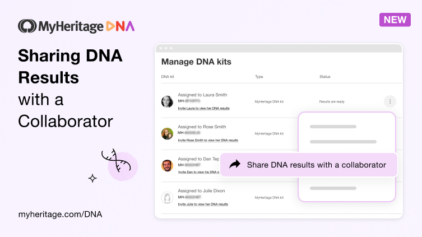
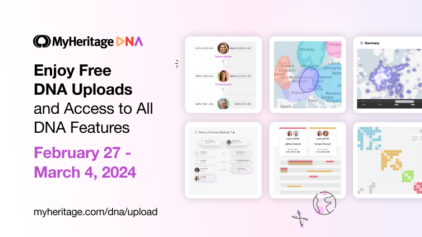
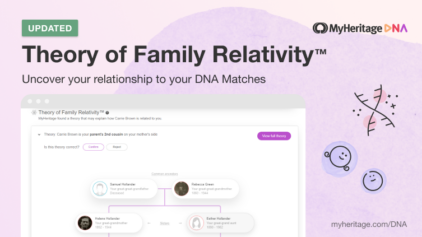
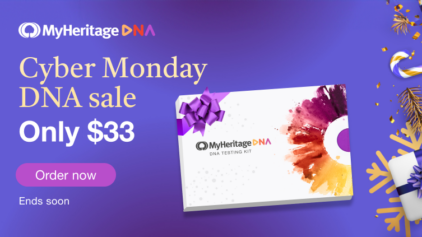
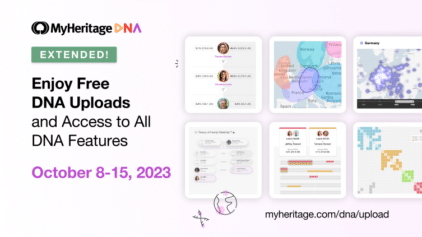
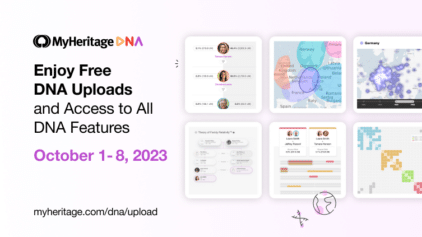
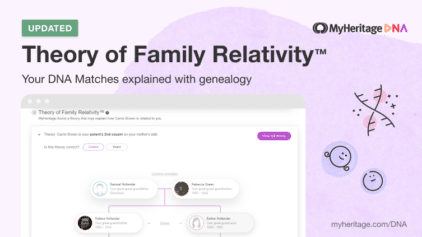

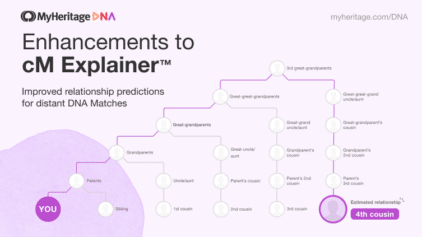
Annie
April 25, 2017
That was a fun read! Thanks for sharing.